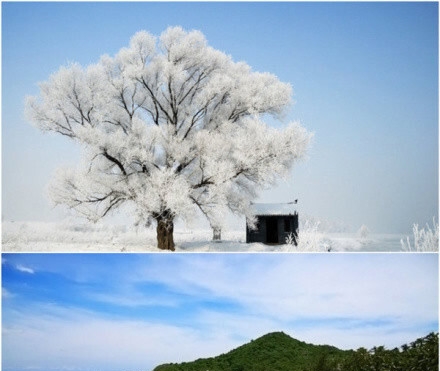复合布面料英文及复合布面料英文介绍
Composite fabric is a type of textile that is made by combining two or more different materials to create a new fabric with enhanced properties. These materials can include natural fibers, synthetic fibers, and various coatings or laminates. Composite fabrics are commonly used in outdoor gear, sports equipment, and automotive applications due to their durability, strength, and resistance to water and other environmental factors.
一、复合布面料英文
Composite Fabric: The Future of Textile IndustryComposite fabric, also known as laminated fabric, is a type of textile that is made by combining two or more different materials together. The process of creating composite fabric involves bonding layers of fabric together using adhesives, heat, or pressure. This results in a fabric that has improved properties such as increased strength, durability, and resistance to water, fire, and other environmental factors.Composite fabric is becoming increasingly popular in the textile industry due to its versatility and durability. It is used in a wide range of applications, including clothing, outdoor gear, automotive interiors, and medical devices. In the clothing industry, composite fabric is used to create high-performance sportswear, waterproof jackets, and breathable fabrics. In the outdoor gear industry, it is used to create tents, backpacks, and sleeping bags that are lightweight, durable, and weather-resistant.One of the main advantages of composite fabric is its ability to combine the best properties of different materials. For example, a composite fabric made from a combination of polyester and nylon can have the strength and durability of polyester while also having the softness and flexibility of nylon. This makes composite fabric ideal for applications where a balance of properties is required.Another advantage of composite fabric is its ability to reduce waste and improve sustainability. By using two or more materials in a single fabric, manufacturers can reduce the amount of waste generated during production. Additionally, composite fabric can be designed to be recyclable, which reduces the environmental impact of textile production.In conclusion, composite fabric is a promising technology that has the potential to revolutionize the textile industry. Its versatility, durability, and sustainability make it an ideal material for a wide range of applications. As technology continues to advance, we can expect to see more innovative uses of composite fabric in the future.。

二、布料复合工艺
1、布料复合工艺是一种重要的纺织加工工艺,在现代纺织工业中得到了广泛的应用。该工艺主要是将两种或更多种不同的布料复合在一起,以达到不同的功能和要求。
2、在布料复合工艺中,需要选择不同的复合方法,例如热压复合、粘合复合、针刺复合等。其中,热压复合是最常用的方法,其主要通过加热和加压的方式将两个布料粘合在一起。
3、这种方法对于许多功能性面料的制作非常有效,例如耐水、防火、防紫外线等。另外,粘合复合也是一种常用的方法。
4、这种方法主要是通过黏合剂将两个布料粘在一起。这种方法适用于一些要求比较低的布料,例如衬衫、裙子等。针刺复合是一种相对较新的方法,它通过针刺机将两个布料混合在一起,使它们在织物上形成一个结合点。这种方法的优点在于它不需要使用任何黏合剂或热处理。
5、不同的布料复合方法适用于不同的情况。在选择复合方法时,需要考虑到布料的材质、厚度、目的等因素。此外,在进行复合工艺时,还需要注意一些细节,例如温度、压力、时间、速度等。



